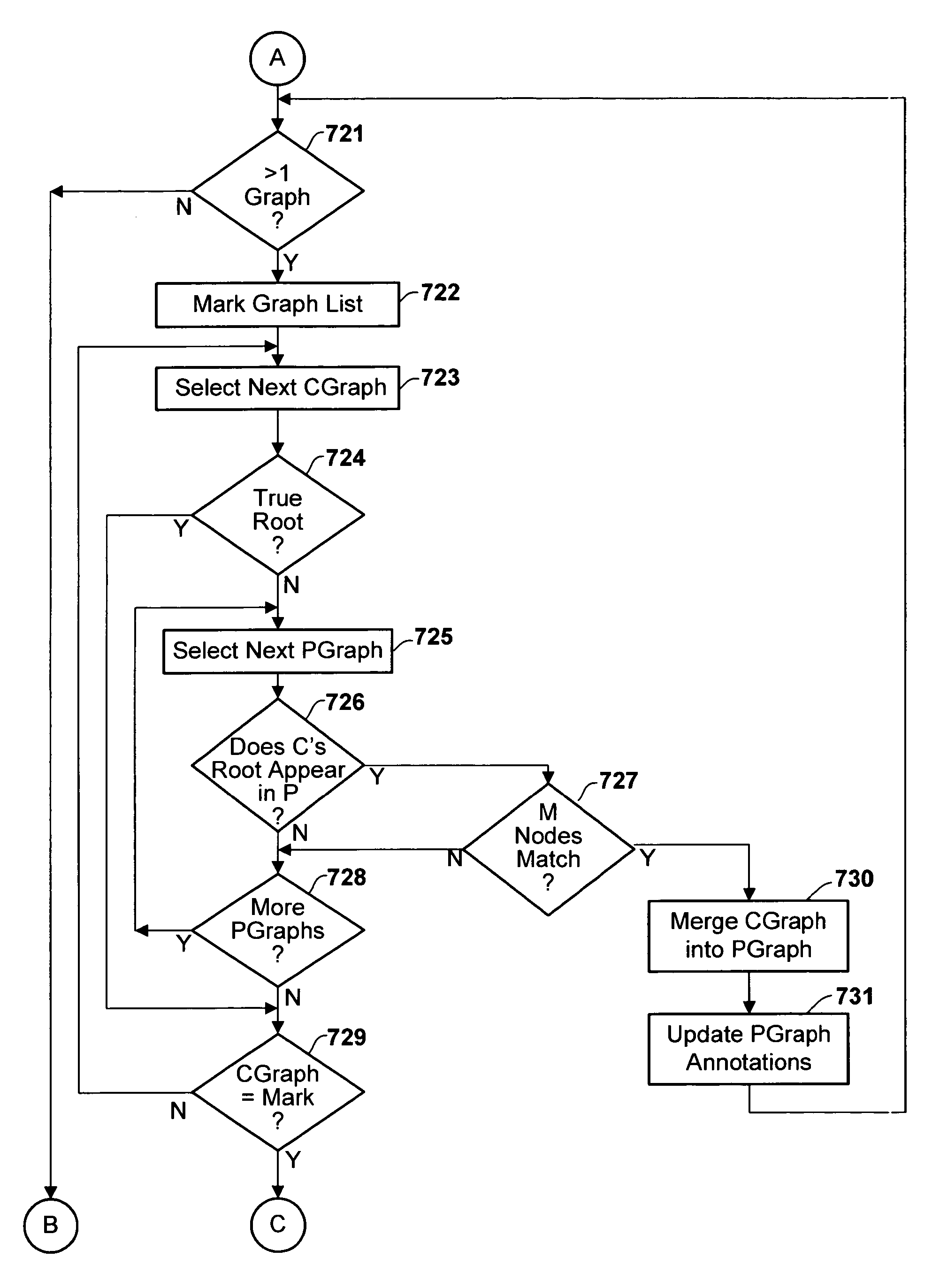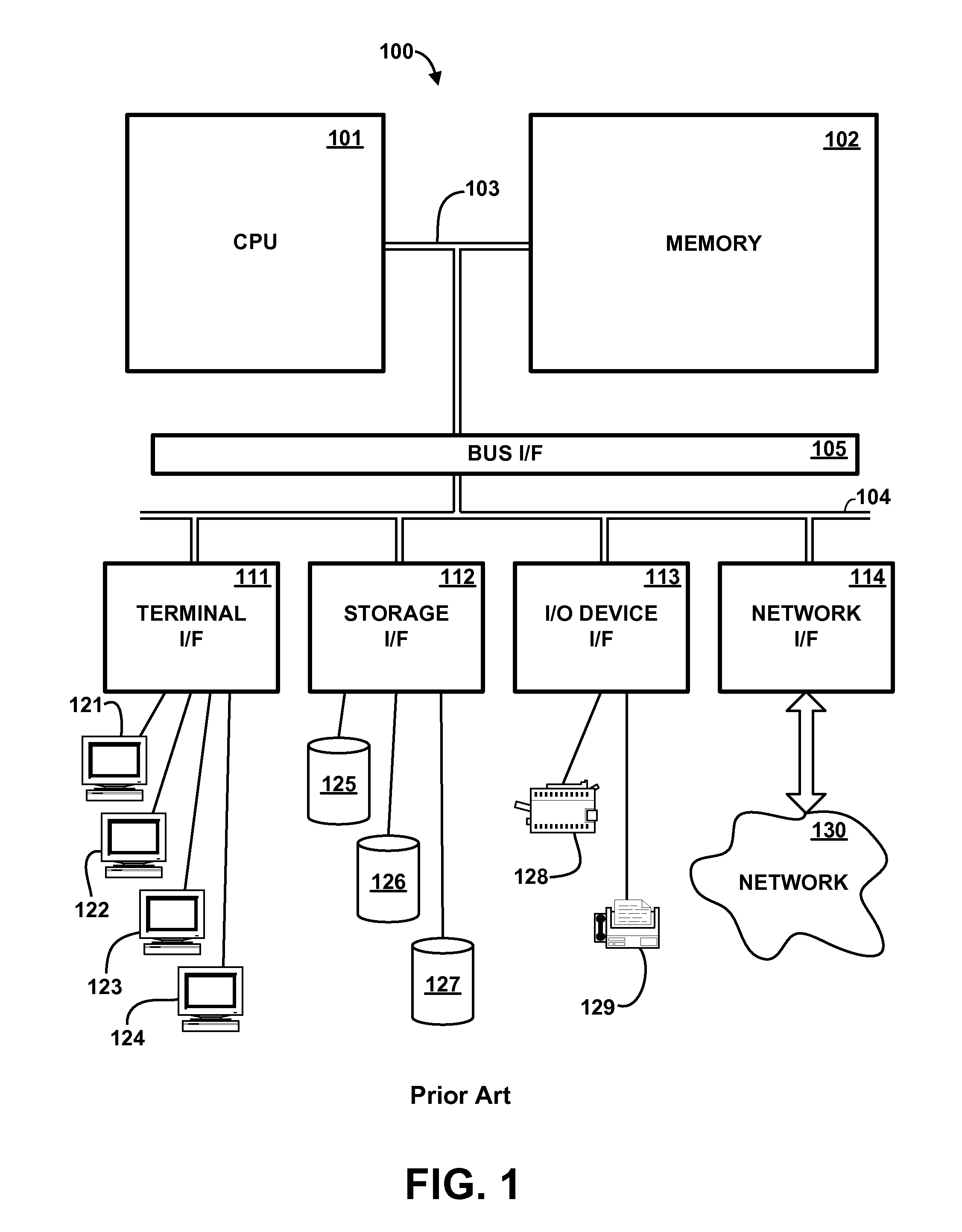Method and apparatus for analyzing call history data derived from execution of a computer program
a computer program and call history technology, applied in the field of digital data processing, can solve the problems of program behavior distortion, program writing, method becoming clearly unworkable, etc., and achieve the effect of avoiding unnecessary performance burden, avoiding program behavior distortion, and avoiding unnecessary overhead
- Summary
- Abstract
- Description
- Claims
- Application Information
AI Technical Summary
Benefits of technology
Problems solved by technology
Method used
Image
Examples
Embodiment Construction
Development Environment Overview
[0029]The present invention relates computer program analysis using sampled data, and particularly to the analysis of frequently executed procedures and frequently taken code paths during execution of a computer program under simulated or actual conditions. Sampled run-time data is only one of a number of tools available to a developer to analyze and debug computer programs. In general, sampled execution data is used as part of a program development process, to identify errors in the flow of program execution, or to understand the effect of certain code procedures or instructions on the overall performance of the program. Such data might be used to provide feedback to a programmer, so that the programmer might correct defects or write code in a more efficient manner. It also might be used, in some circumstances, as input to an optimizing compiler, which would have the capability to employ alternative coding techniques (e.g. inlining) to avoid performa...
PUM
 Login to View More
Login to View More Abstract
Description
Claims
Application Information
 Login to View More
Login to View More - R&D
- Intellectual Property
- Life Sciences
- Materials
- Tech Scout
- Unparalleled Data Quality
- Higher Quality Content
- 60% Fewer Hallucinations
Browse by: Latest US Patents, China's latest patents, Technical Efficacy Thesaurus, Application Domain, Technology Topic, Popular Technical Reports.
© 2025 PatSnap. All rights reserved.Legal|Privacy policy|Modern Slavery Act Transparency Statement|Sitemap|About US| Contact US: help@patsnap.com



